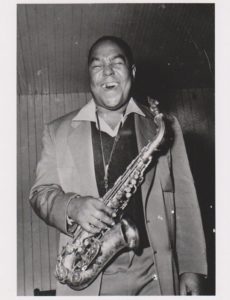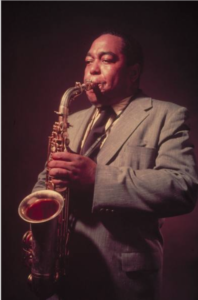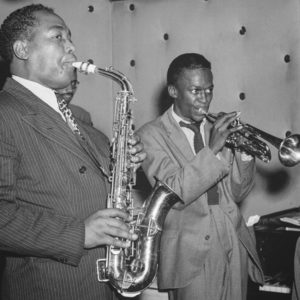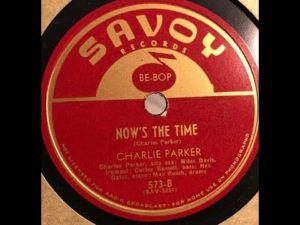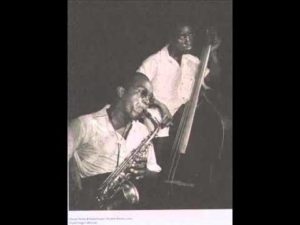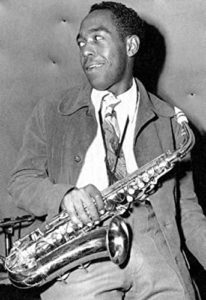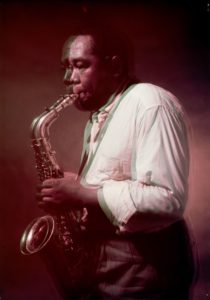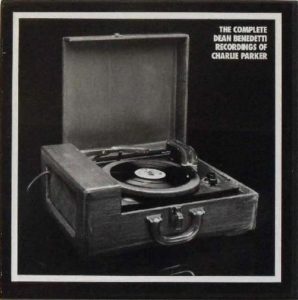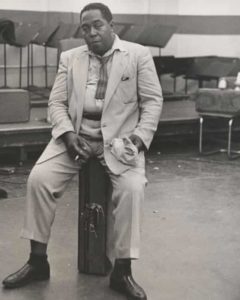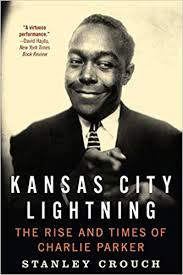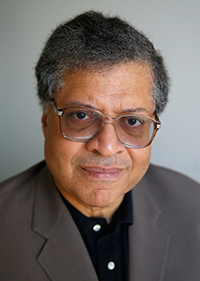Jimmy Cannon used the phrase “an American heirloom” to describe Babe Ruth. I like to think the same could be said for Charlie Parker, even if most Americans, know relatively little about him when compared with the “Sultan of Swat.” Both seemed supernatural phenomena who seemingly came out of nowhere, capable of leaving witnesses spellbound in the very different ways their profound sense of swing reshaped the air around them. Both had massive, seemingly insatiable appetites, living fast, playing hard, dying too soon, making indelible history in their respective art forms.
With the Bird, I think the legacy is even subtler than what you find on his recordings, which still can astound new listeners on first contact.
The tone is what shocks you before the tempest of invention all but overpowers your resistance. It is a bright, hard tone, shiny and serrated like sheet metal edgy enough to scratch any surface, supple enough to shape into any form, whether terrifyingly new or dreamily familiar.
The things that remarkable-on-its-own voice could do within the cramped space of a two-to-three-minute recording are what made its owner a near-divinity even in his brief lifetime. At any speed, in any context, Charlie Parker could fold into the narrowest blank space stream upon stream of inferences, wisecracks, mimicry, thematic variations and nonverbal poetry. I can imagine all those ex-servicemen who left for war at the end of the swing era and returned to hear this coming out of their 78-RPM players and thinking, as Parker and his combo created a whole new front end for “Cherokee” (“Ko-Ko”) or “Embraceable You”, “He can do that? He can actually do all that?”
Springing outward like weeds from such questions were others that asked, “Should he do all that?” Critics as different from each other as Ralph Ellison and Phillip Larkin were adamant that he shouldn’t have. Sharing their corner were moldy figs of varied ages who echoed Emperor Joseph II’s sentiments in Amadeus when he told an astonished and infuriated Mozart that there were “too many notes” in his otherwise “ingenious” compositions. Louis Armstrong dissed what he famously labeled “Chinese music” a.k.a. bebop and many still blame jazz’s precipitous decline in widespread popularity on boppers like Bird, his “worthy constituent” Dizzy Gillespie and others for making music that made social dancing difficult, if not impossible. (My parents and their friends thought differently, and I know this because I saw them dancing to a Parker record as if it were just another of what were once labeled “pop platters.”)
Nevertheless, for true believers in the primacy – and the imperative — of improvisation, Charlie Parker was and is a secular god. Every virtuosic barrage of notes he emptied into space has been chased down, contained and examined on both masters and outtakes by obsessives of all ages and temperaments. The irrepressible Phil Schaap has for almost 30 years used morning airtime on New York’s WCKR-FM to provide detailed exegeses of every note Bird blew, even the wrong ones, if, in the minds of Parker cultists, there were such things.
Guys like Schaap existed even when Parker was alive and blowing, the most fanatical of these being Dean Benedetti, a saxophonist who followed Bird around with a wire recorder and stuck a microphone in front of Parker whenever he soloed. Those solos, and only those solos, were recorded and transcribed by Benedetti, who died in 1957 at 34, the same age as Parker did two years earlier. (The Benedetti recordings were released in 1988 and, even with the hi-tech production wizardry of Mosaic Records at work, they’re a strain to hear, but worth the trouble if you’re a true believer at the altar labeled “Bird Lives!”)
That Parker died so young and packed his brief life with as much density and turbulence as one of his solos (the coroner’s report put his age at 53, or so legend has it) is part of his everlasting mystery and magnetism. He did all that? you think when hearing his work. He actually did all that? Wave upon wave of surviving colleagues, younger acolytes, historians, musicologists and poets have struggled to explain how he did “all that.” Sooner or later, however perceptive or intuitive their engagement might be, all of them end up doing little more than projecting their own version of Bird to the point that there are many different Birds flying around the world. Early in my own such engagement, I always thought it was interesting to wander through Robert Reisner’s 1962 “oral biography” Bird: The Legend of Charlie Parker and note how there seemed to be no two photos of him that looked exactly alike.
Stanley Crouch does plenty of his own projecting in 2013’s Kansas City Lightning: The Rise and Times of Charlie Parker mostly because there is so very little verifiable data on Parker’s early life that can be found despite Crouch’s valiant research. Still, this first of what is intended to be a two-volume biography rides towards its conclusion with as vivid and as persuasive an assessment of the Artist as a Young Man on the precipice of discovery as James Joyce’s own:
“Wherever he was in whatever room playing whatever horn whether owned by him or not, Charlie Parker was in a condition of confrontation. That was inevitable. By now he knew, deeper than his marrow, what all serious artists realize: that no matter how great and perfect a major creator is at a moment of sublime delivery, there are always limitations. No one person is perfect enough to conjure what another person feels as he tries to express what is inside. Parker…was beginning to realize that no established genius, however rough, tough, and dreamily hypnotic, could hear what he was hearing. Perhaps what he heard was actually his and his alone.”
If Charlie Parker is an heirloom, his inheritance encompasses not only musicians but all who yearn to Play What They Hear, whether with paints and brushes, pencils and word processors, ballet slippers and soft floors, turntables and microphones. William Blake aside, the idea was never to Go to Extremes – and Parker would be the first to tell anybody who tried to follow his example that there were places he went that weren’t necessary to perform his miracles. Life, not Art made all that mess. Learning to negotiate the distinctions is part of the process and at some point, you are left with the beautiful mystery of his speed, power and lyricism. It’s enough. 